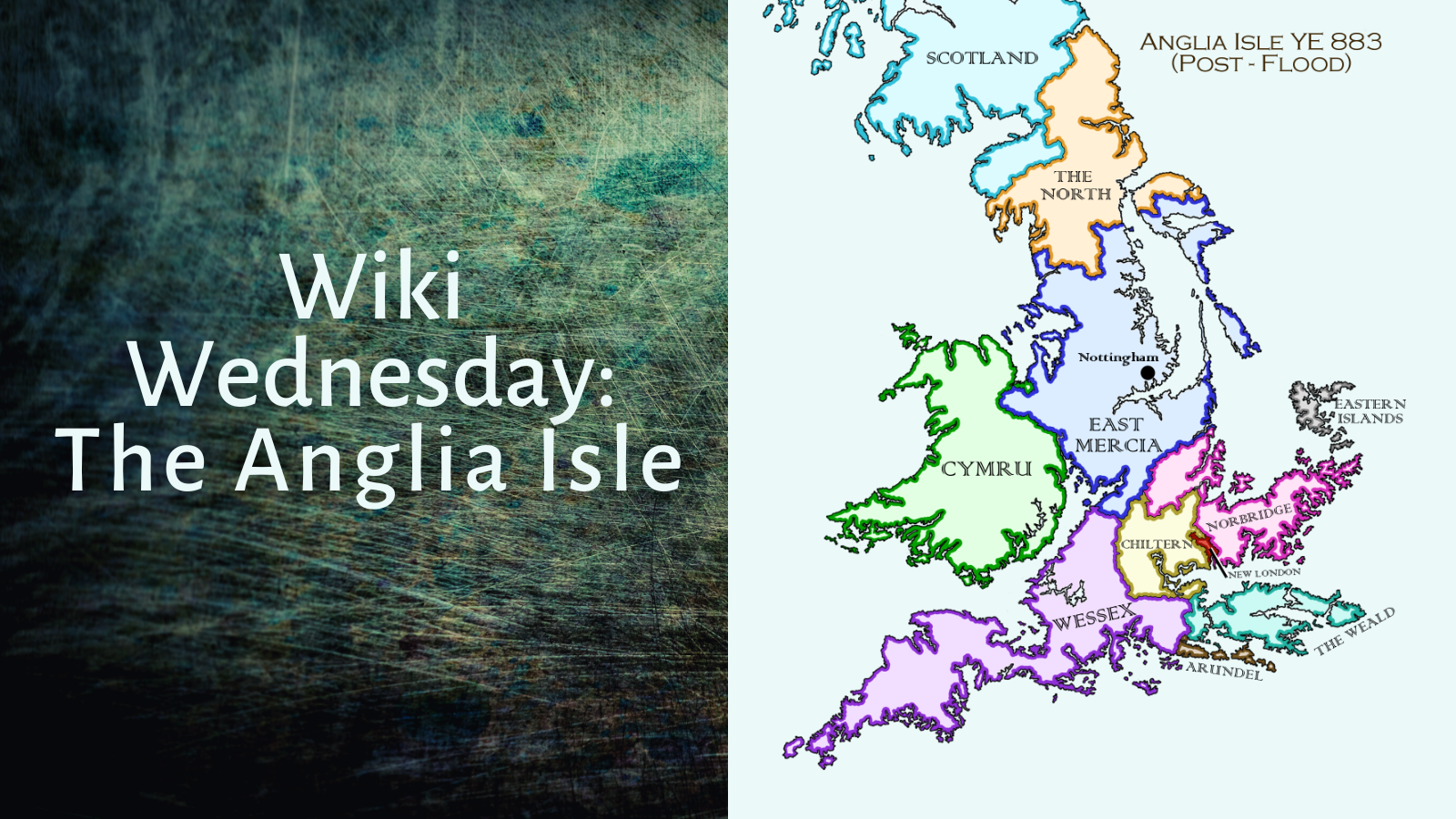
Besides the presence of magic in the World of HOOD, another major difference between the story world and real world is the effects of advanced climate change. The presence of Hycathae also led to a better understanding of science, which in turn pushed technological advancements to happen sooner.
But there’s no progress without consequences, and a series of climate events led to mass flooding around the world about 100 years ago in the story world’s timeline. Coastlines shifted, and some countries were more or less wiped off the map. (Sorry Netherlands! Bye-bye Paris…)
One of the hardest hit places was the Anglia Isle (AKA the UK), which lost nearly a third of its landmass in the process.
Read more about the Anglia Isle
History
The Evolution of England
At the dawn of the First Hycath War, England – then ruled by the Normans – operated as a single monarchy with a manorial system and a series of counties based on the shires of its previous rulers, the Anglo-Saxons. London was its capital.
When Empress Matilda I won the First Hycath War in 1141AD / YE 1, she reorganised the existing counties into sixteen Marcdoms, supporting London as a capital city-state under her jurisdiction. The former patriarchy became a matriarchy, and each Marcdom was entrusted to a loyalist of Matilda including several Hycathae, many of them nominated as reward for exceptional service in the war. Names for Marcdoms were based variously upon previous shires, manors and cities.
Creation of the Anglia Isle
The First Age of Hycath culminated in YE 238 with the Sacking of the Vatican, a pan-European conflict between Hycathism and the Church which was heavily influenced by the English Hycathic establishment under Empress Matilda VI. Following her victory, Matilda became obsessed with the idea of subjugating Europe to her own rule. Mary-Anne Fitzwalter, 9th Margrave of East Mercia and commander of Matilda’s forces, felt compelled to kill her in order to avoid disaster.

